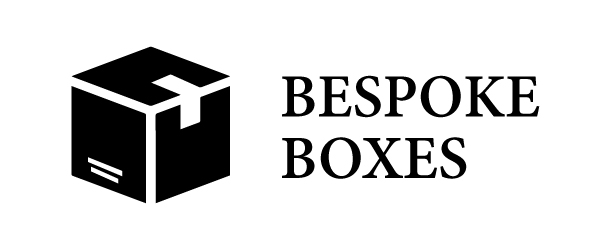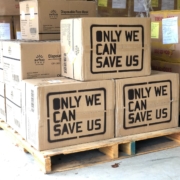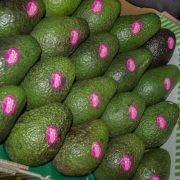What is the Carbon Footprint of Corrugated Cardboard Packaging?
Working towards net zero by 2030 is the goal of companies across the UK. To achieve this, it is important to understand the carbon footprint of products and processes. In the cardboard packaging industry, research has been compiled by FEFCO and independently verified. It has calculated the carbon footprint of corrugated cardboard.
Cradle to Grave Impact of Cardboard Boxes
Cardboard is formed from a blend of recycled paper fibres and tree pulp. The raw material comes from a renewable source and when forests are sustainably managed, new trees are regularly planted to more than replace those which are felled.
Paper and board are widely recycled and research by the Confederation of Paper Industries reports that only 7% of recoverable paper and card is disposed of by means other than recycling.
This is a positive start, however, all production generates emissions. In the case of corrugated cardboard, these have been calculated at 491kg per tonne. According to Encon, a mature tree absorbs 21 kg+ of carbon per year, meaning that 23 trees would offset the emissions of one tonne of corrugated cardboard.
The results show a 7% reduction in the previous calculation, made in 2018, showing the industry is moving in the right direction. Further investment in renewable energy by cardboard packaging manufacturers will be one factor in helping to maintain this downward trajectory.
Further information on this data can be found here: https://www.fefco.org/sites/default/files/files/The%20carbon%20footprint%20of%20corrugated%20packaging%202021.pdf






